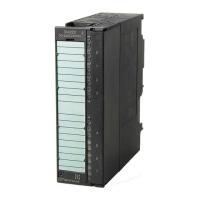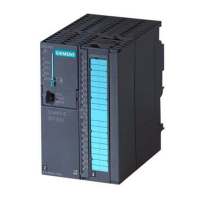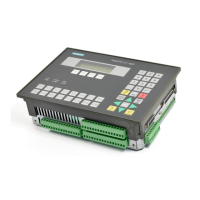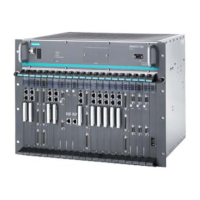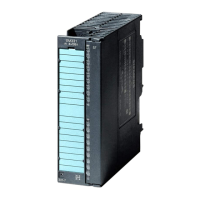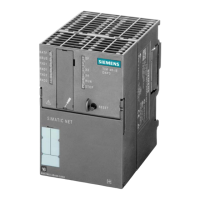Linking and Synchronizing
6-20
Automation System S7-400H Fault-tolerant Systems
A5E00068197-07
Figure 6-5 shows the relationship between the minimum I/O retention time and the
maximum blocking time for priority classes > 15.
master copies
outputs 50 ms
min. I/O
retention time
max. blocking time for
priority classes > 15
Figure 6-5 Relationship between the minimum I/O retention time and the maximum
blocking time for priority classes > 15
Note that
50 ms + min. I/O retention time ≤
(max. blocking time for priority classes > 15)
must apply. As a result, a large minimum I/O retention time may determine the
maximum blocking time for priority classes > 15.
Calculating the maximum blocking time for priority classes > 15 (T
P15
)
The maximum blocking time for priority classes > 15 is determined by 4 factors:
• As shown in Figure 6-2, at the end of the update all the contents of data blocks
that have been modified since the last copy to the standby CPU are transferred
to the standby CPU again. The number and structure of the data blocks that
you describe in the high-priority classes determine the duration of this process
and thus the maximum blocking time for priority classes > 15. A note is given
for the remedies specified below.
• In the final phase of the update all the OBs are delayed or blocked. To avoid the
max. blocking time for priority classes > 15 being unnecessarily extended as a
result of unfavorable programming, modify the time-critical I/O components in a
selected watchdog interrupt. This is particularly relevant in the case of
fail-safe user programs. You can specify this watchdog interrupt in the
configuration; it will then be executed immediately after the start of the
maximum blocking time for priority classes > 15, but only if you have assigned it
a priorityclass > 15.
• On link-up and update with master/standby switch-over (see Section 6.2.1) then
on conclusion of the update the active communication channel in the switched
DP slaves must be switched over. This extends the time for which no valid
values can be read or output. The duration of this process is determined by
your hardware configuration.
• The process-related circumstances give rise to requirements in respect of
how long the I/O update can be deferred. This is particularly important in the
case of time-monitored processes in fail-safe systems.
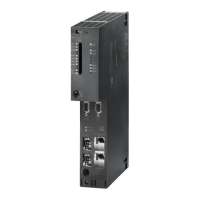
